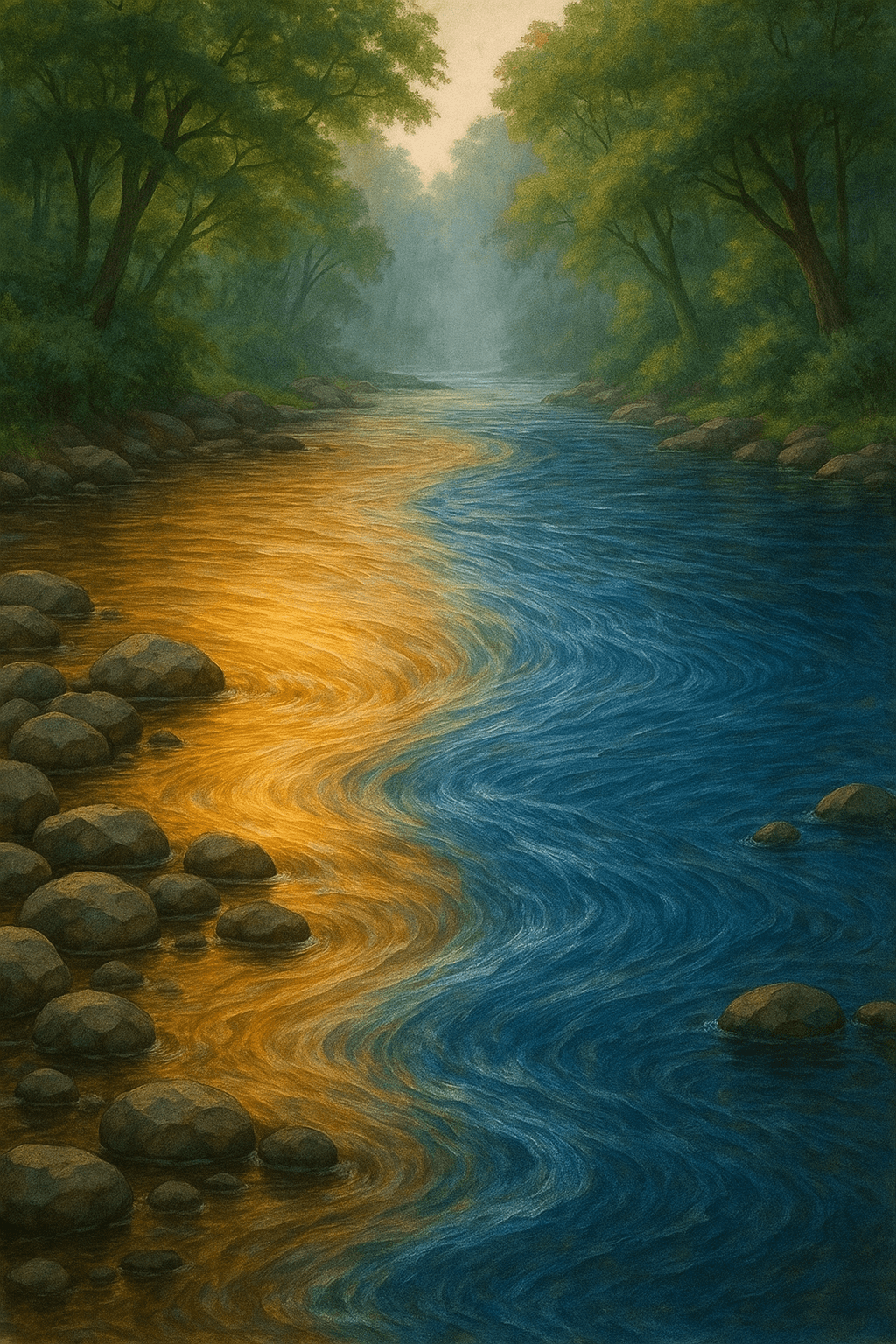Experiencing the Flow of Time and Change

The water you touch in a river is the last of that which has passed and the first of that which is coming. — Leonardo da Vinci
Da Vinci’s Metaphor of the River
Leonardo da Vinci’s observation transcends mere description of water’s movement; it elegantly employs the river as a metaphor for the flow of time itself. By noting that each touch meets both the last of what has gone and the first of what arrives, da Vinci encapsulates the transitory nature of every moment. This insight invites us to reflect on the fleeting quality of our experiences, much like Heraclitus’ assertion that 'you cannot step into the same river twice.'
Philosophical Views on Impermanence
Building on da Vinci’s metaphor, philosophers throughout history have grappled with impermanence. Heraclitus, writing centuries earlier, famously stated that all is flux, emphasizing the impossibility of permanence in both nature and human life. In Eastern philosophy, Buddhist teachings similarly underscore the ever-changing character of existence, urging mindfulness about attachment to transient states. Da Vinci’s river thus parallels longstanding wisdom about the inevitability of change.
Personal Encounters With Change
This theme of impermanence resonates personally as well. Consider watching a sunset—each instant is unique, never to be repeated, yet inseparable from the moments before and after. Similarly, everyday interactions evolve subtly over time; the friend you greet today is not exactly the same as yesterday, nor are you. Da Vinci’s river reminds us that every experience carries a trace of what was, mingled with what will be.
The Creative Process in Nature and Life
Transitioning from philosophy to creativity, da Vinci’s reverence for the river aligns with his larger worldview. In notebooks and sketches, he marveled at natural patterns—eddies, currents, fingerprints—seeing them as manifestations of continuous process. Art, science, and invention flourish within this constant renewal; like the river, creativity is never static but always becoming, dissolving, and re-forming in new configurations.
Embracing the Present Moment
Ultimately, da Vinci’s reflection serves as an invitation to mindfulness. By recognizing the ephemeral quality of each encounter—every river touched, every moment lived—we are encouraged to embrace the present fully. As with the moving water, our lives consist not of fixed entities but of moments in motion, each precious precisely because it is unrepeatable, yet always part of a greater, ongoing flow.